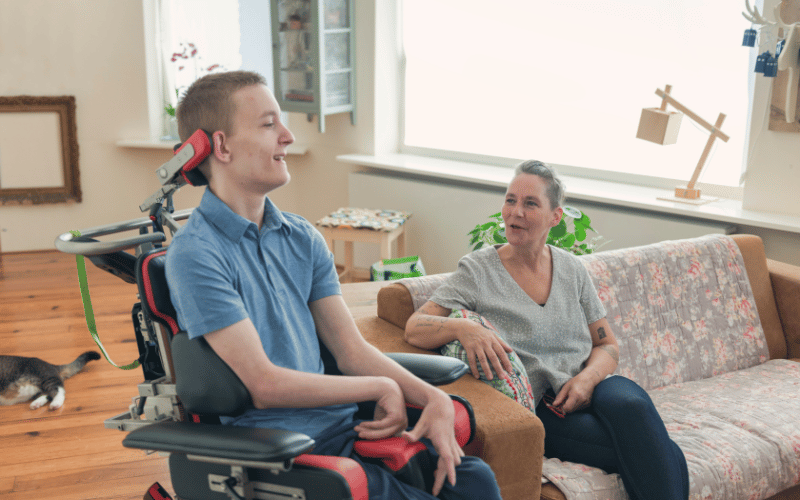FAQs about Dyskinetic Cerebral Palsy
Advertisements
 Advertisements
Advertisements
1. What Causes Dyskinetic Cerebral Palsy?
Dyskinetic cerebral palsy (DCP) is caused by damage to the basal ganglia, a group of structures in the brain involved in movement control. This damage typically occurs due to a brain injury during pregnancy, birth, or shortly after birth. Various factors can contribute to this, including infections during pregnancy, premature birth, low birth weight, lack of oxygen at birth, or severe jaundice.
2. How Is Dyskinetic Cerebral Palsy Diagnosed?
Diagnosing DCP involves a detailed medical history and physical examination. Neurologists will look for signs of involuntary movements and muscle tone fluctuations, as well as any other symptoms of DCP. Imaging studies such as MRI can provide further information about brain structures and identify any damage to the basal ganglia.
3. What Is the Treatment for Dyskinetic Cerebral Palsy?
While there is no cure for DCP, a variety of treatments can help manage symptoms and improve quality of life. Physical and occupational therapy can improve movement control, muscle strength, and functional skills. Speech and language therapy can address communication and swallowing difficulties. In some cases, medications or surgical interventions may be used to manage symptoms. Each treatment plan is tailored to the individual’s needs and goals.
4. Can Adults Have Dyskinetic Cerebral Palsy?
Yes, cerebral palsy, including DCP, is a lifelong condition. While it is usually diagnosed in infancy or early childhood, the symptoms and impacts continue into adulthood. Adults with DCP may face additional challenges related to aging with a disability and may require ongoing support and adaptations.
5. Can Children with Dyskinetic Cerebral Palsy Attend Regular Schools?
Absolutely! With the right supports and accommodations, many children with DCP can succeed in regular education settings. This might include physical adaptations, assistive technology, additional academic support, or therapy services. Inclusion in regular schools can provide valuable social interaction and promote a sense of belonging and self-esteem.
6. Can Physical Therapy Improve Symptoms of Dyskinetic Cerebral Palsy?
Physical therapy is a key component of managing DCP. It can help improve movement control, strength, balance, and functional abilities. Physical therapy can also manage muscle tone fluctuations, improve posture, and address any related issues such as pain or fatigue. The specific goals and strategies of physical therapy will depend on the individual’s needs and abilities.
Conclusion: Embracing the Journey with Dyskinetic Cerebral Palsy
Living with Dyskinetic Cerebral Palsy (DCP) can undeniably be challenging due to the diverse symptoms that affect the daily lives of individuals diagnosed with this condition. These symptoms, ranging from involuntary movements and fluctuating muscle tone to oral health problems and cognitive impairments, can significantly impact one’s quality of life.
However, the journey with DCP is not without hope. Recognizing and understanding these symptoms early paves the way for timely interventions, appropriate therapies, and comprehensive management strategies. These help individuals with DCP to cope more effectively, improve their functional abilities, and enhance their overall wellbeing.
Moreover, the emotional and social benefits of early intervention and effective therapies cannot be underestimated. They foster improved self-esteem, resilience, and social skills, allowing individuals with DCP to engage and participate more in society.
In the end, it’s about embracing the journey with DCP, understanding that each person’s experience is unique, and recognizing that with the right support and treatment, individuals with DCP can lead fulfilling lives. It’s crucial that we continue to learn, research, and share information about DCP to empower individuals, their families, and their communities to navigate this journey more effectively.